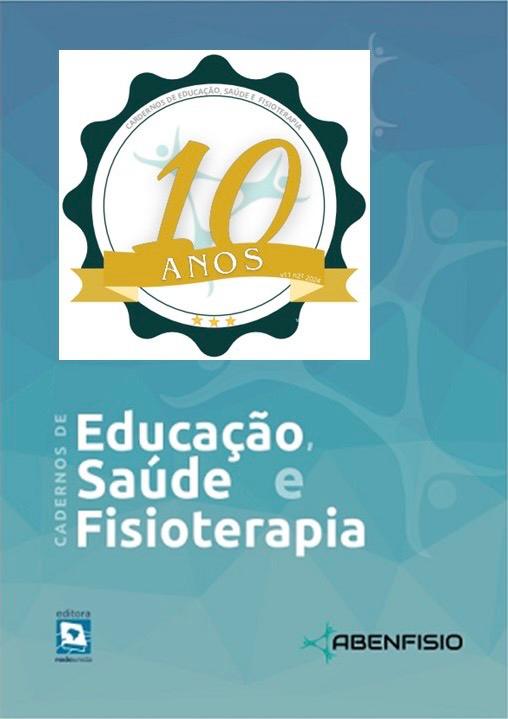DESENVOLVIMENTO E IMPLANTAÇÃO DE UM PROTOCOLO DE ESTIMULAÇÃO ELÉTRICA NEUROMUSCULAR EM PACIENTES CRÍTICOS: UM RELATO DE EXPERIÊNCIA
DOI:
https://doi.org/10.18310/2358-8306.v11n21.a1Keywords:
Intensive Care Units, Transcutaneous Electric Nerve Stimulation, Physical TherapyAbstract
In Intensive Care Units (ICUs) patients tend to remain immobilized for long periods, due to their severity, which can cause several known consequences. Neuromuscular electrical stimulation (NMES) has been identified in the literature as an important tool capable of reducing these effects, especially in patients unable to perform active movements. In this context, the objective of the present study was to create an evidence-based protocol to be used in patients admitted to the Intensive Care Center (ICU) of an Emergency hospital. To develop the protocol, a literature review was carried out by two researchers using the Rayyan platform. The search involved the LILACS, SciELO and MedLine databases, using the descriptors “intensive care unit”, “physiotherapy”, “neuromuscular electrical stimulation” and “randomized clinical trial”. After careful selection, 11 articles were included, out of the 81 found. The protocol was submitted for evaluation by two judges with expertise in the subject, to ensure greater safety and quality within the defined parameters. To implement the protocol, training was carried out with physiotherapists, so that it could be used correctly and safely. After training, the application of the protocol was monitored in three patients. The perception we had in relation to the health professional was that after developing the electrostimulation protocol there was a noticeable increase in the professional's confidence in making clinical decisions and improved communication between members of the physiotherapy team, ensuring a solid structure for the application of the technique in patients in intensive care.Downloads
Published
2024-09-28
Issue
Section
Relato de Experiência
License
- Autores mantém os direitos autorais e concedem à revista o direito de primeira publicação, com o trabalho simultaneamente licenciado sob aLicença Creative Commons Attribution que permite o compartilhamento do trabalho com reconhecimento da autoria e publicação inicial nesta revista.

